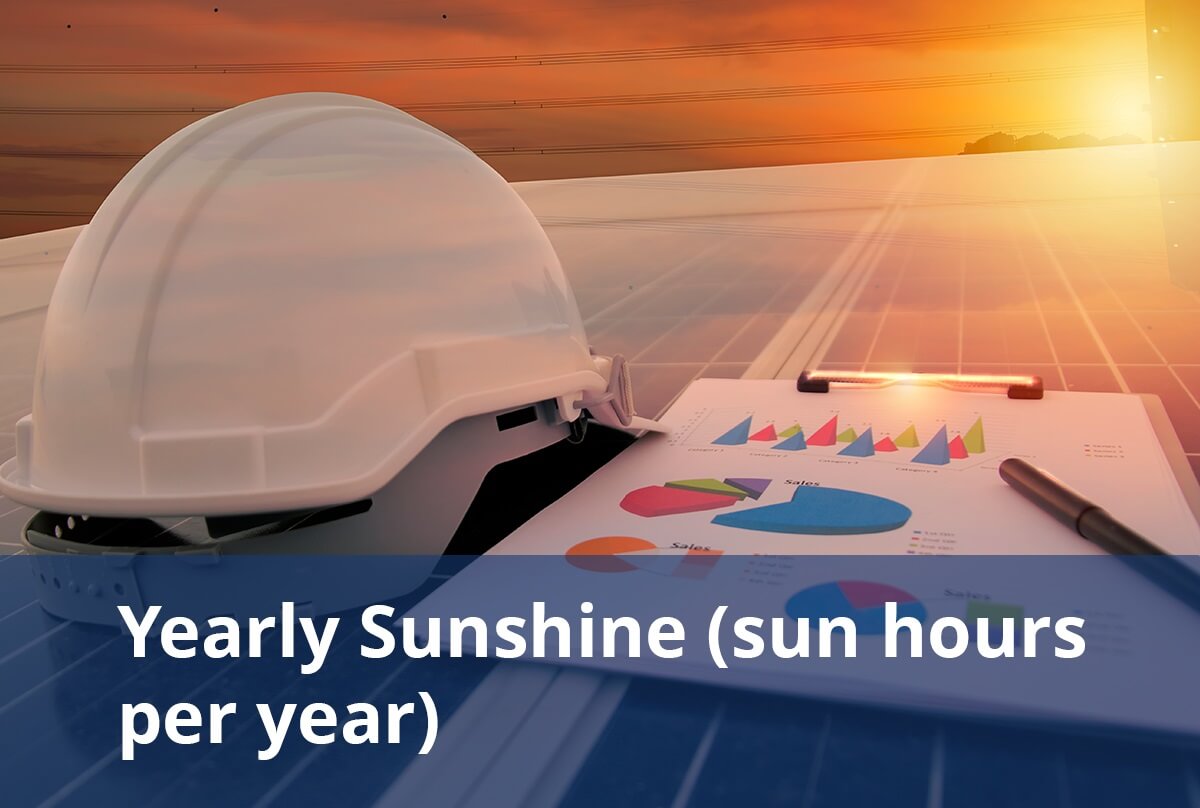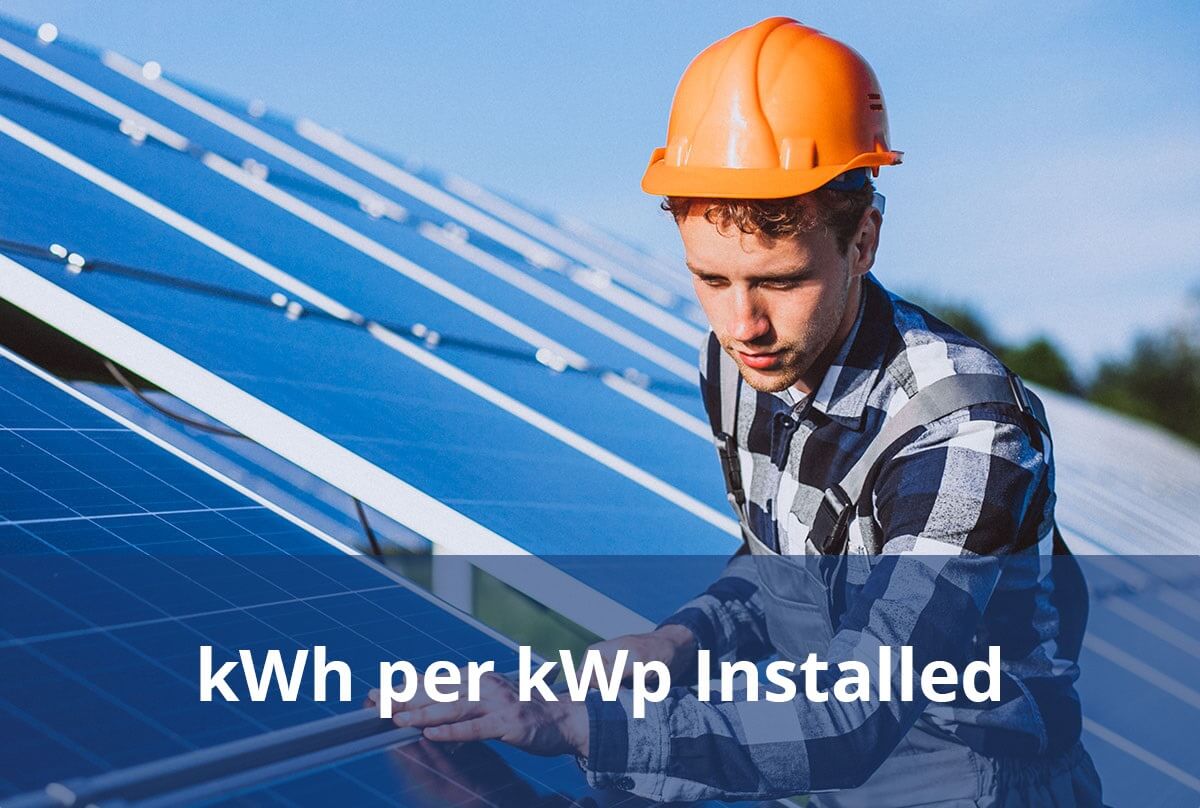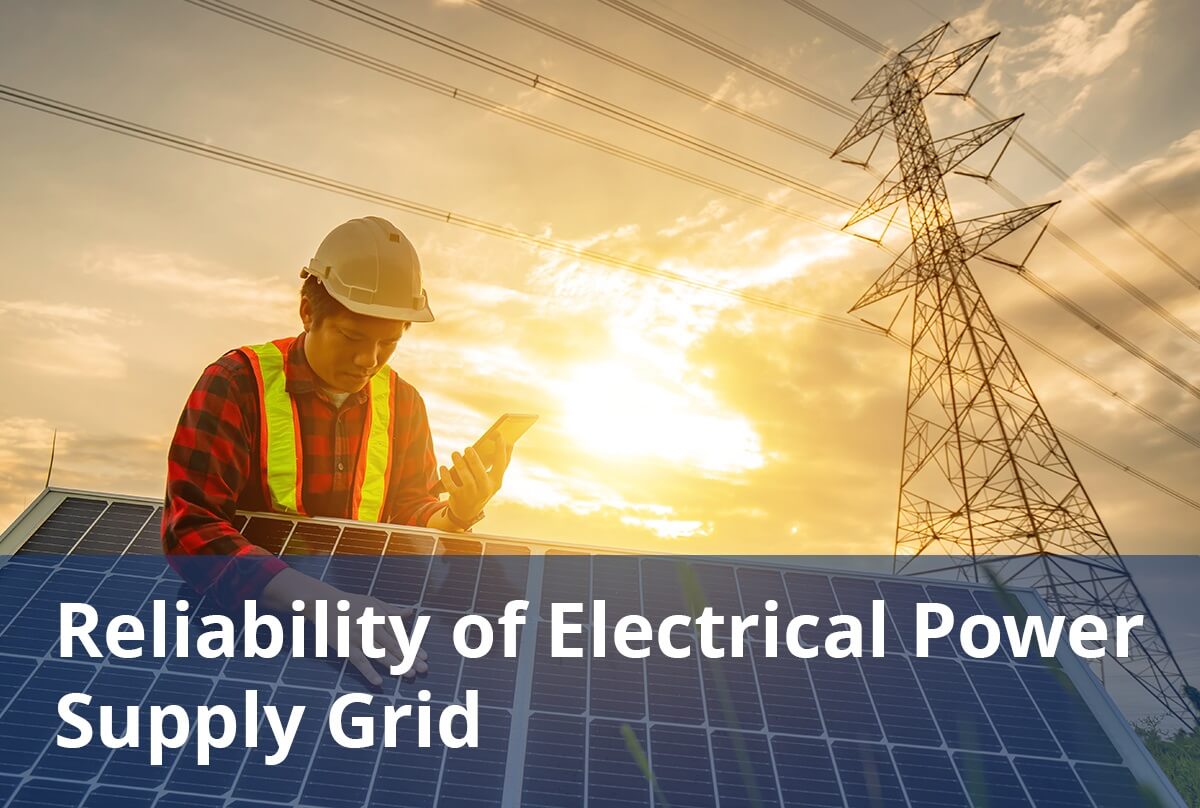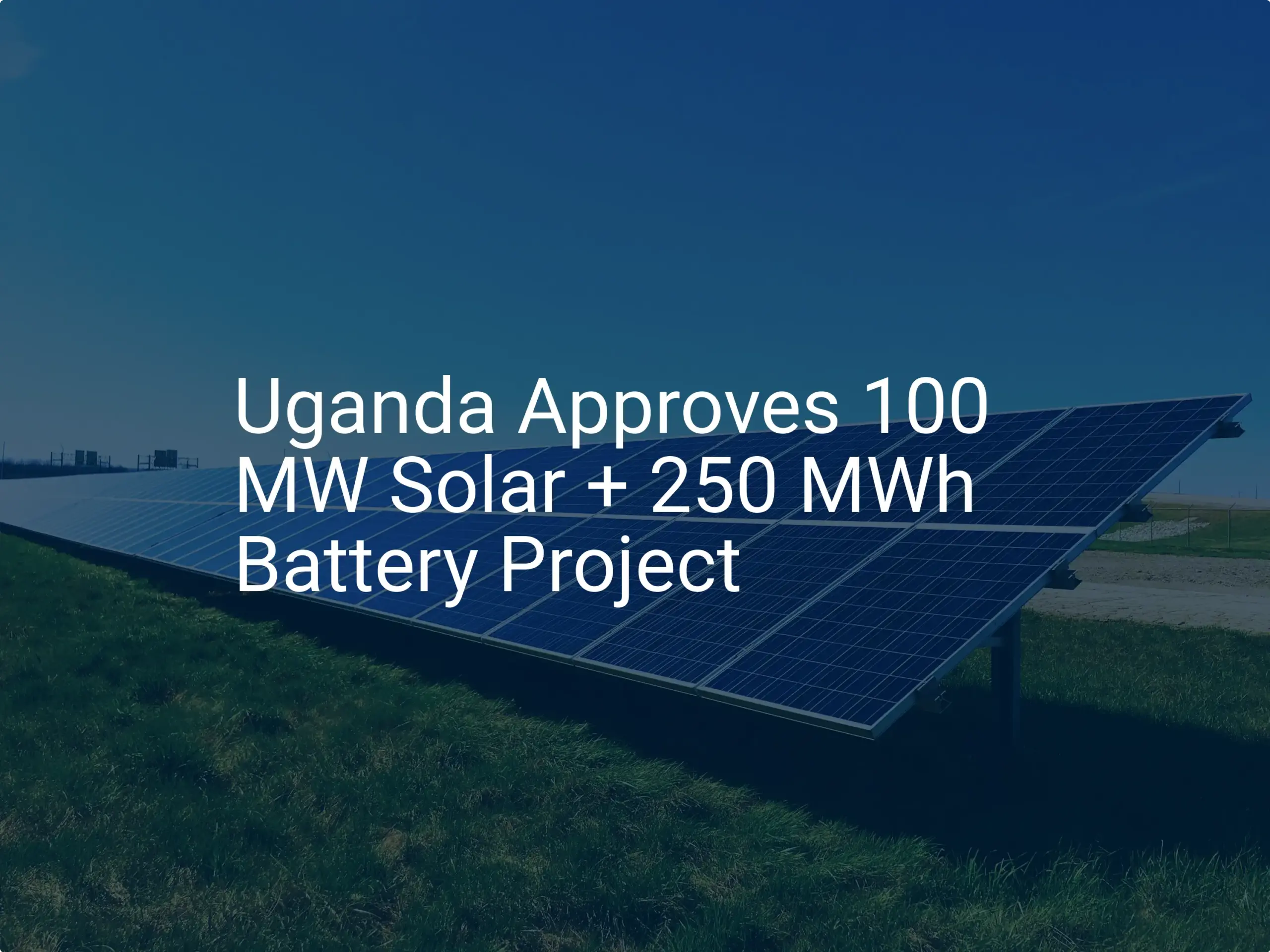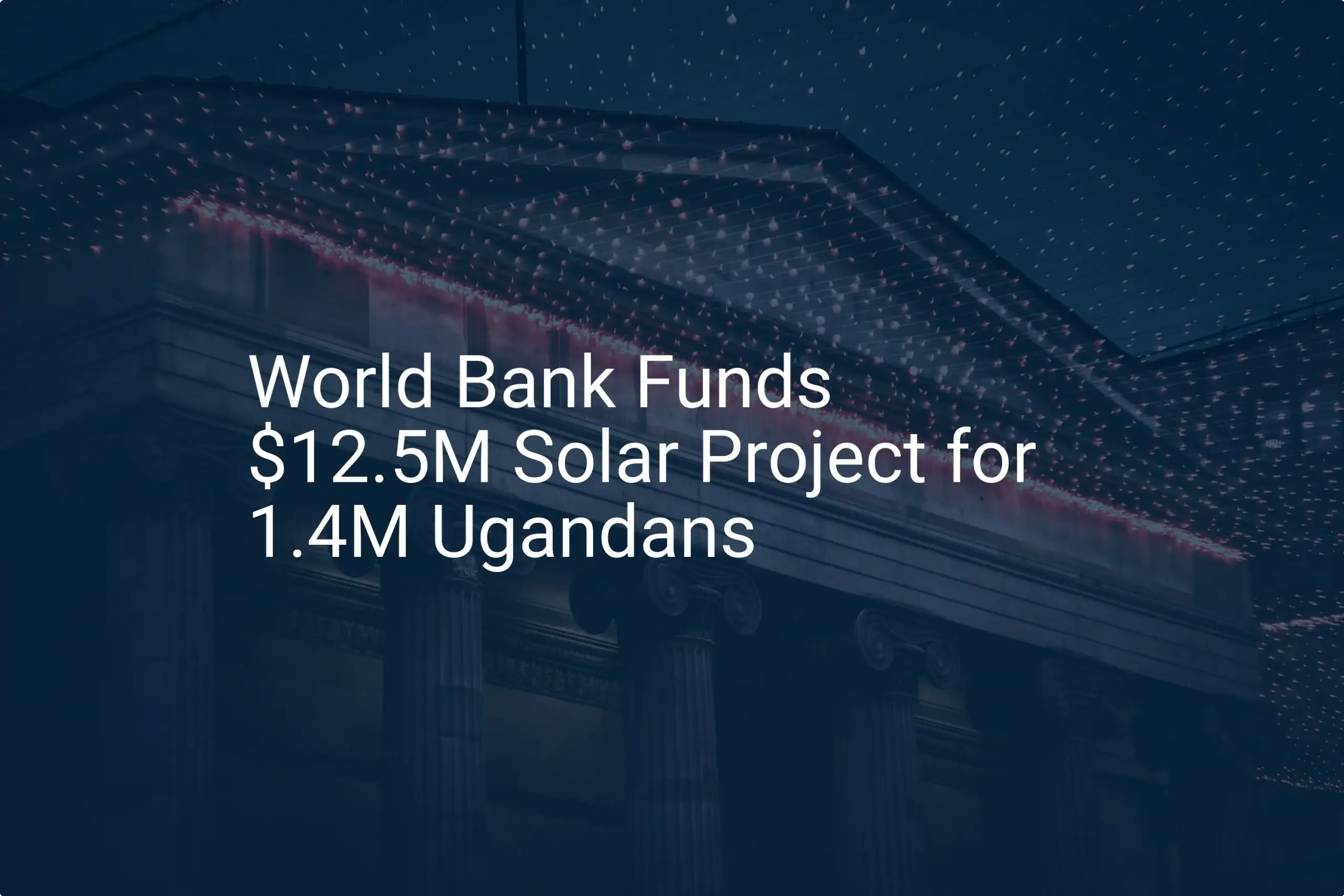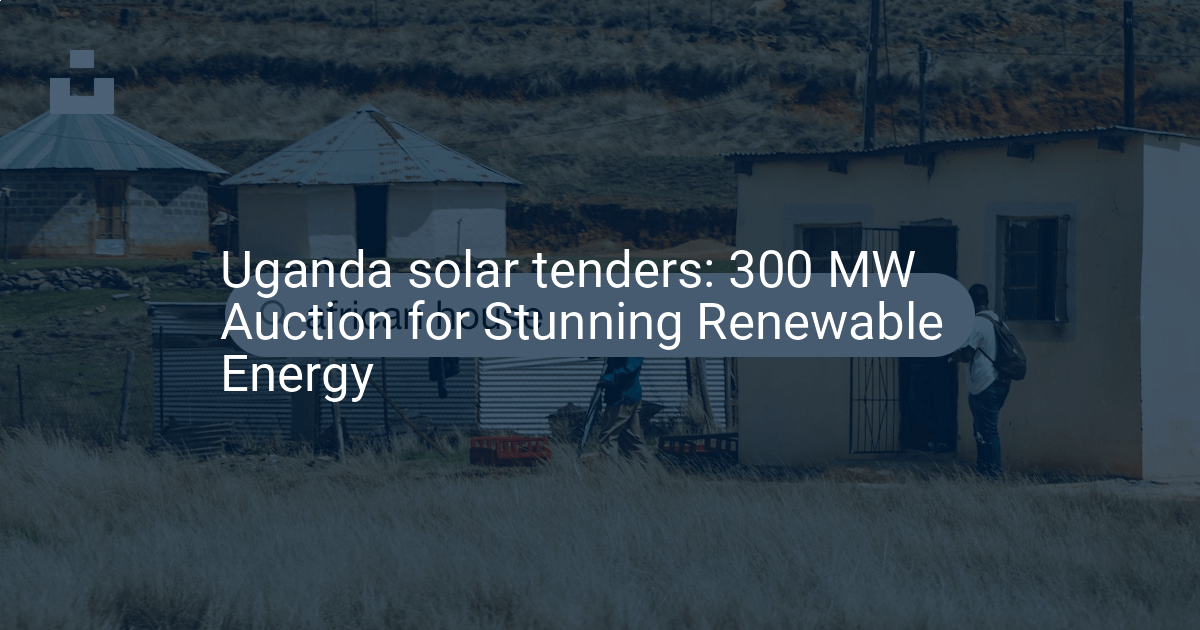Discover comprehensive insights into the statistics, market trends, and growth potential surrounding the solar panel manufacturing industry in Uganda
- Weather and Climate. (2010). Weather and Climate information for every country in the world. Weather-And-Climate.com. Retrieved from https://weather-and-climate.com
- Oloya, I. T., Gutu, T. JL., & Adaramola, M. S. (2021). Techno-economic assessment of 10 MW centralised grid-tied solar photovoltaic system in Uganda. Case Studies in Thermal Engineering, 25, 100928. Retrieved from https://doi.org/10.1016/j.csite.2021.100928
- UNEP Copenhagen Climate Centre. (2022) UNEP-CCC; UNEP Copenhagen Climate Centre April 2022. Retrieved from https://unepccc.org
- Umeme.co.ug. Retrieved from https://www.umeme.co.ug/tariffs
- Electricity End User Tariffs and Charges : Uganda Electricity Distribution Company Limited (UEDCL). Retrieved from https://www.uedcl.co.ug/approved-tariffs/
- Access to electricity (% of population) – Uganda | Data. Data.worldbank.org. Retrieved from https://data.worldbank.org/indicator/EG.ELC.ACCS.ZS?locations=UG
- Kenpro Solar Program. KENPRO , Retrieved from https://www.kenpro.org/kenpro-solar-program/
- IRENA (2022). Rooftop solar power in uganda: Changing lives, one family at A time. Retrieved from https://www.irena.org/News/articles/2022/Feb/Rooftop-Solar-Power-in-Uganda-Changing-Lives-One-Family-at-A-Time
- Wikipedia (2019, March 21). Cost of electricity by source. Wikimedia Foundation. https://en.wikipedia.org/wiki/Cost_of_electricity_by_source
- Electricity Regulatory Authority (July 2020). Energy Generated to the National Grid. (2023, July 20). Retrieved from https://www.era.go.ug/index.php/stats/generation-statistics/energy-generated
- Energypedia.info (2018). Uganda Energy Situation. Retrieved from https://energypedia.info/wiki/Uganda_Energy_Situation
- Database World bank. Access to electricity (% of population) – Uganda | Data. Data.worldbank.org. Retrieved from https://data.worldbank.org/indicator/EG.ELC.ACCS.ZS?locations=UG
- International Energy Agency. (n.d.). Solar power subsidy. Retrieved from https://www.iea.org/policies/4550-solar-power-subsidy
- International Energy Agency. (2022). Rooftop solar power in uganda: Changing lives, one family at A time.Www.irena.org. https://www.irena.org/News/articles/2022/Feb/Rooftop-Solar-Power-in-Uganda-Changing-Lives-One-Family-at-A-Time
- Uganda: solar power for schools. Federal Ministry for Economic Cooperation and Development. https://www.bmz.de/en/issues/climate-change-and-development/energy-and-climate/projektbeispiel-uganda-35526
- Kabulasoke Solar Power Station. (2023, December 12). Wikipedia. https://en.wikipedia.org/wiki/Kabulasoke_Solar_Power_Station
- Tororo Solar. Tororosolarnorth.energy. https://tororosolarnorth.energy/
- Off-Grid Solar Energy Market. Retrieved from https://www.usaid.gov/sites/default/files/2022-12/Power-Africa-Market_Assessment-Brief-Uganda.pdf
- THE REPUBLIC OF UGANDA (2019). Ministry of Energy and Mineral Development Draft National Energy Policy Ministry of Energy and Mineral Development. (2019). Retrieved from https://www.uace.or.ug/Policy/draft-national-energy-policy.pdf
- Manyire, R. (2022, January 24). Reliability of Electricity Supply Essential for Uganda’s Socio-Economic Transformation. Www.era.go.ug. Retrieved from https://www.era.go.ug/index.php/media-centre/what-s-new/415-reliability-of-electricity-supply-essential-for-uganda-s-socio-economic-transformation
- Average Salary in Uganda 2024 – The Complete Guide. Www.salaryexplorer.com, Retrieved from https://www.salaryexplorer.com/average-salary-wage-comparison-uganda-c225
- Uganda Population (2019) – Worldometers. (2019). Worldometers.info. Retrieved from https://www.worldometers.info/world-population/uganda-population/
- Energy Policy Review Uganda 2023. Retrieved from https://memd.go.ug/wp-content/uploads/2020/07/Uganda2023-Energy-Policy-Review.pdf
- Robert Tumwesigye, P. T. Key issues in Uganda’s energy sector. Www.iied.org Retrieved from https://www.iied.org/16030iied
- A Just Energy Transition for Africa? Mapping the impacts of ECAs active in the energy sector in Ghana, Nigeria, Togo and Uganda, Retrieved from https://egiuganda.org/wp-content/uploads/2020/11/Final-Report-for-the-ECA-mapping.pdf
- Ministry of Energy and Mineral Development – MEMD UGANDA. Retrieved from https://memd.go.ug
- Uganda National Bureau of Standards. Www.unbs.go.ug. Retrieved from https://www.unbs.go.ug
- National Planning Authority (NPA) | National Information Technology Authority – Uganda (NITA-U). Retrieved from https://www.nita.go.ug/mda/national-planning-authority-npa
- The Republic Of Uganda (2019a). Ministry of Energy and Mineral Development Draft National Energy Policy Ministry of Energy and Mineral Development. (2019a). https://www.uace.or.ug/Policy/draft-national-energy-policy.pdf
- Uganda Signs Deals For Solar Projects | ConstructAfrica. Www.constructafrica.com , Retrieved from https://www.constructafrica.com/news/uganda-signs-deals-solar-projects
- ENF Ltd. Www.enfsolar.com. Retrieved from https://www.enfsolar.com/
- Wage Indicator-Uganda. Retrieved from https://wageindicator.org/salary/minimum-wage/uganda
- National Water and Sanitation Cooperation- Uganda. Retrieved from https://www.nwsc.co.ug/tariff-guide/
- Uganda Property Center. Retrieved from https://ugandapropertycentre.com/for-rent/commercial?q=for-rent+commercial#google_vignette
- Aarakit, S. M., Ssennono, V. F., & Adaramola, M. S. (2021). Estimating market potential for solar photovoltaic systems in Uganda. Frontiers in Energy Research, 9. Retrieved from https://doi.org/10.3389/fenrg.2021.602468

